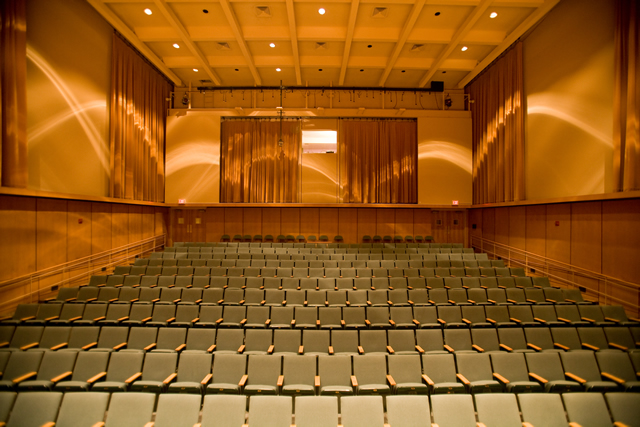
Music ETDs
Publication Date
10-1-1969
Abstract
The social practice of table music, i.e. music performed at banquets or meals, has not, apparently, been previously considered as a subject for organized research. The term is not even given an entry in many of the major musical dictionaries and encyclopedias; those which do include the term offer only surface and, in general, incomplete definitions. The present study, therefore, attempts to present a history of the social uses and types of table music from antiquity through the eighteenth century. The findings of the study are based on three sources of information: actual score examples of music composed for or performed at table, literary descriptions of such performances, and works of art depicting banquet or mealtime scenes in which musicians are present and apparently performing. The study of actual scores of table music has been limited in that the earliest discovered, specific table music dates from 1454, and such works are found in abundance only during the seventeenth and eighteenth centuries.
The feasts of the ancients were often enlivened by music. The Bible contains several accounts of such use of music. Egyptian wall paintings offer a most fruitful source of visual representations of banquet musicians. Among the Greeks, various types of mealtime singing were most popular. During the Roman era, music was a most important part of the lavish feasts of the wealthy, and excellent accounts of such meals are contained in the writings of several authors, the most famous of which being Petronius' description, in his Satyricon, of Trimalchio's dinner. From the later Middle Ages to the end of the Baroque period, table music served various functions. Prior to the meal, a call to table was usually given by music, and the guests were sometimes even escorted to the table by musicians. A concert was sometimes presented before the meal. During the meal, there were loud fanfares to announce each different course, and softer music while the guests were actually dining. Between the courses, there were often masques or dancing. Following the banquet, the guests remained at table to enjoy after dinner singing or masques, or they were provided with music for dancing by the banquet musicians. The Baroque period marks the high point in the production of table music. Numerous composers from this time have left scores which are entitled "tabelmusik" or a similar designation. This activity was climaxed in 1733 with the publication of Georg Philipp Telemann's Musique de Table, the most famous and among the most ambitious of all table music. Following the Baroque period, the divertimento largely replaced the other forms of music as the choice for table performances. Haydn and Mozart have both been suggested as table composers, and several of Mozart's divertimenti are known to have been composed for table use. One may conclude from the known works of table music that, at least prior to the early Classical period, composers and performers of table music favored no particular form, medium, or style. Within reason, any music could be performed at table. That music, therefore, which was important and popular at a given time and place was the music which served as table music.
Degree Name
Music
Level of Degree
Masters
Department Name
Department of Music
First Committee Member (Chair)
Hugh Milton Miller
Second Committee Member
William M. Seymour
Third Committee Member
Walter Burrous Keller
Language
English
Document Type
Thesis
Recommended Citation
Foreman, George Calvin. "A Social History of Table Music From Ancient Egypt Through the Eighteenth Century." (1969). https://digitalrepository.unm.edu/mus_etds/45
